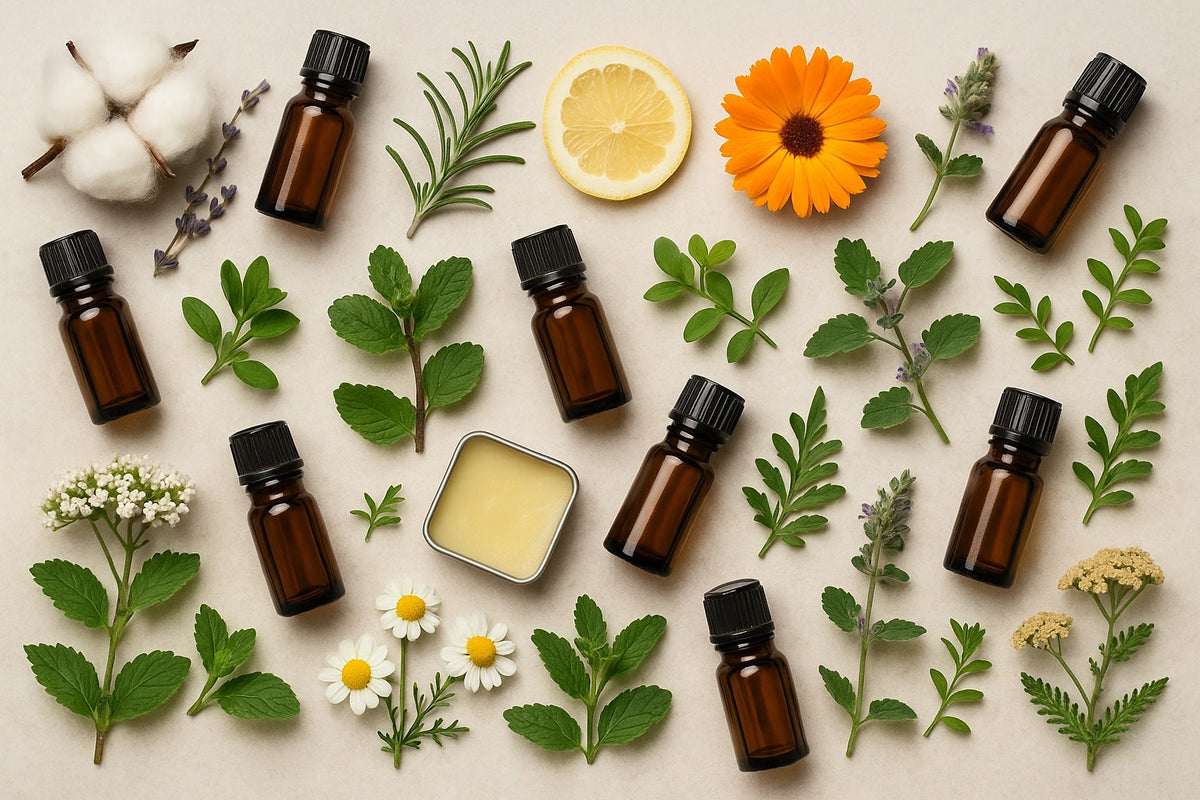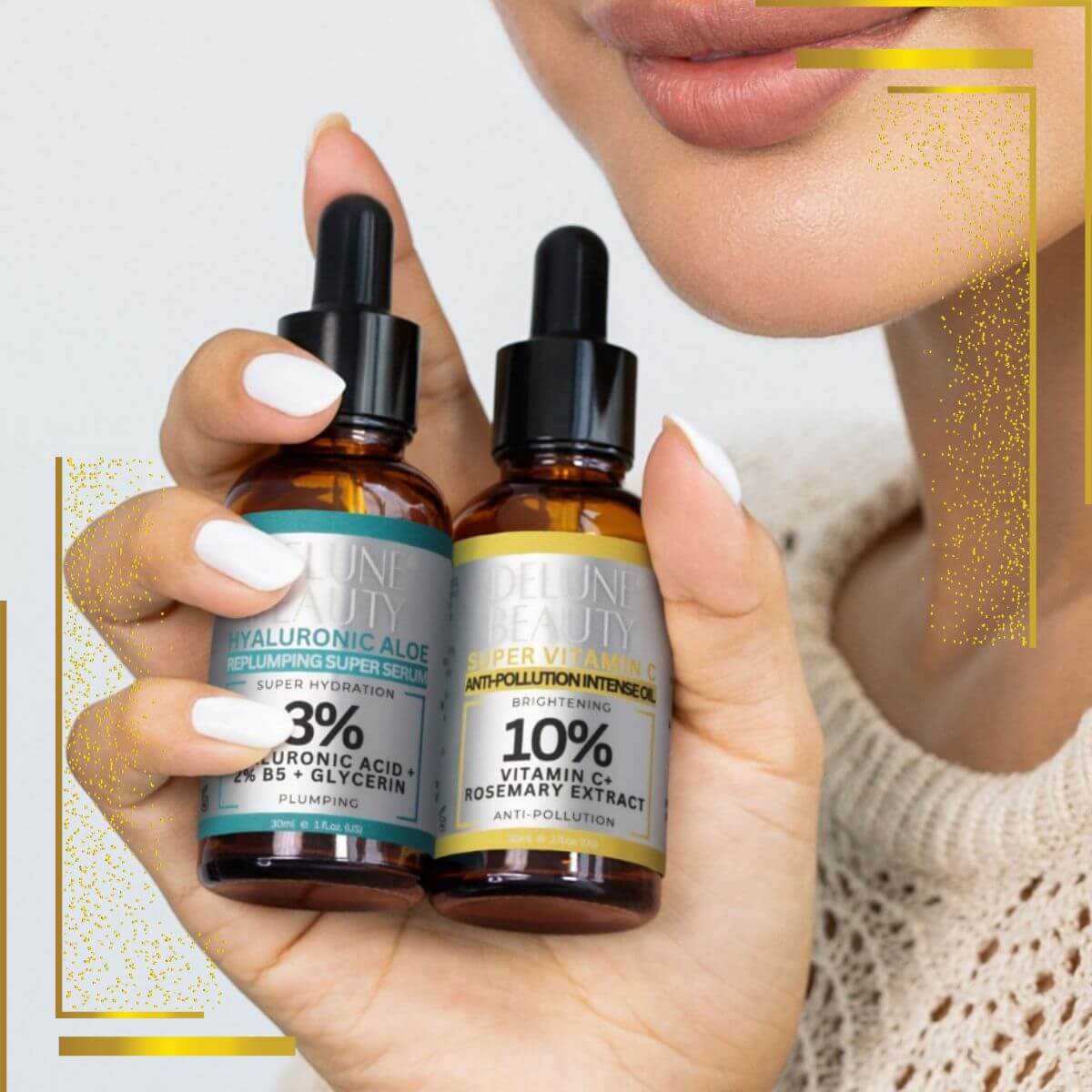
الزيوت العطرية للأمراض الشائعة: دليل شامل
|
وقت القراءة 2 min

نظيف، واعٍ، وملهم سريريًا. تم تصميم Delune Skincare للدفاع عن بشرتك واستعادتها...
|
وقت القراءة 2 min
في عالم العلاج الطبيعي، استُخدمت الزيوت العطرية لقرون، ليس كبدائل للعلاج الطبي، بل كأدوات داعمة - حلفاء لطيفون يعملون بانسجام مع الجسم. في ديلون، نُكرّم هذا التقليد بعناية ووعي سريري.
يستكشف هذا الدليل الأمراض الجسدية والنفسية الشائعة والزيوت العطرية المستخدمة تقليديًا لعلاجها. وقد استرشدنا بتوصيات مجرّبة وفعّالة من أخصائيي العلاج العطري المحترفين، جامعين بين الحكمة العلاجية والتطبيق العملي. ولكن لنكن واضحين: هذا هو الطب التكميلي . لا تتخلَّ أبدًا عن العلاج الموصوف دون استشارة طبية. اعتبر هذا بمثابة حثٍّ من الطبيعة، وليس بديلًا عن طبيبك العام.
العلاج بالروائح العطرية الحقيقي لا يعالج الأعراض فحسب، بل يسأل عن سبب ظهورها. وهنا تكمن قوة النظرة الشمولية: ربط الانزعاج الجسدي بالأنماط العاطفية أو الحيوية أو البيئية الكامنة وراءه.
سواء كان زيت اللافندر لعلاج الصداع الناتج عن التوتر أو زيت شجرة الشاي لعلاج البثور العنيدة، فإن كل زيت في هذا الدليل له غرض - بعضها كمراهم مؤقتة، والبعض الآخر للمساعدة في تحويل السبب الجذري بمرور الوقت.
احتفظي بزيت ناقل (مثل زيت جوز الهند المجزأ، أو الجوجوبا، أو اللوز الحلو) أو كريم أساس أو لوشن محايد في ثلاجتكِ لخلط كميات صغيرة عند الحاجة. لستِ بحاجة دائمًا إلى عبوة ممتلئة، فعشرة مل فقط من كريم الآذريون تكفي لفترة طويلة خلال موسم حمى القش.
للاستخدام الموضعي، يُعدّ التخفيف أمرًا أساسيًا. الجرعة الموصى بها للبالغين هي ١-٣٪ من الزيت العطري (حوالي ٦-١٨ قطرة لكل أونصة/٣٠ مل من السائل الحامل). استخدم تخفيفات أقل (٠.٥-١٪) للأطفال، وكبار السن، وذوي البشرة الحساسة، أو للاستخدام على الوجه.
الأقل هو الأكثر: غالبًا ما تكفي قطرة أو قطرتان. اختبر المنتج دائمًا على منطقة صغيرة من الجلد واتبع إرشادات التخفيف، خاصةً مع الزيوت القوية مثل الأوريجانو ، والزعتر (الثيمول) ، أو لحاء/أوراق القرفة .
الزيوت العطرية ليست علاجات سحرية، لكنها رسائل قوية، تهمس في الجسم من خلال الرائحة والإحساس والكيمياء الدقيقة. سواءً أكان الخزامى يخفف التوتر أم إبرة الراعي يخفف الكدمة، فإن دورها هو دعم قدرة الجسم على الشفاء.
نأمل أن يمنحك هذا الدليل الوضوح والراحة. وإذا كنتَ مترددًا، فأحضر زيوتك معك إلى زيارتك القادمة للطبيب. دع الطبيعة والعلم يعملان معًا - هناك سحرٌ بينهما.